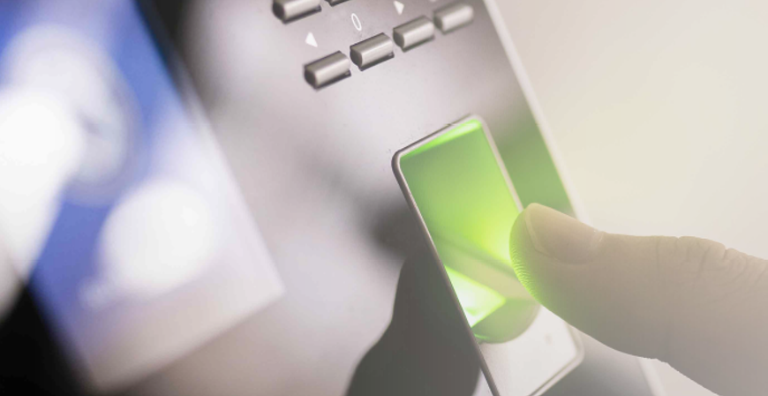Why Retailers Are Turning to Biometrics
Powering Convenience, Personalization and Trust
Differentiation is difficult in today’s retail environment. The traditional approach of relying on products, pricing and promotions is easy for competitors to imitate. With the move to digital over the years, consumers are spending more time on their phones and digital channels. While this makes it easier to gain access to the customers, there’s also a lot more noise in the market to distract customers’ attention. Customer relationships, therefore, are more difficult to cultivate.
But differentiation is possible for forward-thinking retailers who can find ways to personalize the shopping experience, while ensuring customers’ security and privacy.
Imagine being able to recognize your customers and offer personalized in-store suggestions or promotions based on shopping history.
Imagine seamlessly identifying who is and isn’t eligible to make age-restricted purchases without staff intervention.
Imagine a faster self-checkout line that reduces errors or theft.
All of these are possible with biometrics.
Biometrics make it easy to create tailored customer journeys. In fact, according to Goode Intelligence, 73% of global companies report that biometric technologies are “very beneficial” to their ability to deliver a compelling experience.
What Are Biometrics?
Biometric technologies use people’s unique physical traits to verify their identity. If you’ve used your fingerprint or face to unlock your mobile phone or your voice to control a smart home device, you’ve used biometrics.
Biometrics are gaining traction in retail due to their ability to deliver more secure, convenient and personalized experiences. By leveraging the certainty that someone is who they claim to be, retailers can accelerate transactions, personalize customer service and prevent shrinkage.
How Are Retailers Using Biometrics?
Identifying your customers by sight, touch or sound offers powerful ways to enhance their interactions with your store.
Retailers are using biometrics to:
- Personalize the shopping experience. From customized product suggestions to hassle-free contactless payment, biometrics can enhance customer interactions and ensure that consumers receive offers that are uniquely relevant to them.
- Ensure compliance. Customers love the efficiency of self-checkout kiosks, but the technology poses challenges for retailers who sell age-restricted purchases. Biometrics make it easy to verify people’s age at self-checkouts — and eliminate the need for manual staff intervention.
- Strengthen loss prevention. There aren’t many technologies that reduce friction and increase security. By linking people’s actions to their identities, biometrics offer a highly effective deterrent to would-be criminals.
Read this infographic, 10 Ways Biometrics Are Transforming Retail, to explore more biometric use cases for retailers.
According to Epsilon research, 80% of consumers are more likely to make a purchase when brands offer personalized experiences. Biometric technologies enable retailers to do that at scale, targeting customers not with broad-based offers but with individually relevant products and promotions. In an age when competition for customers is fiercer than ever, it’s a uniquely powerful proposition.
Biometrics are reinventing the retail experience. Learn more in our eBook, How Biometrics are Transforming the Retail Landscape >>
Explore how HID’s biometric solutions are transforming retail >>
